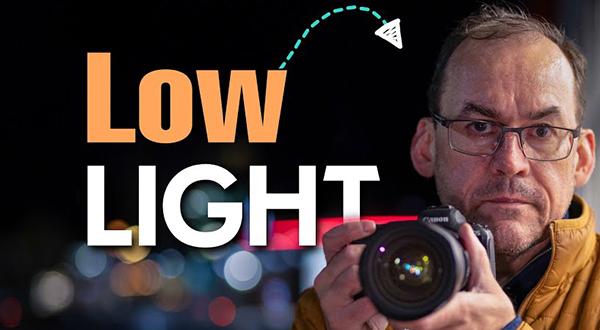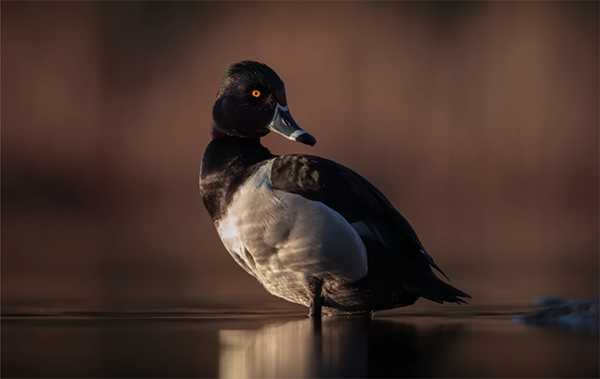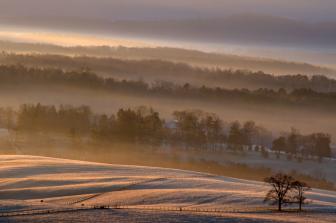How to Shoot Great Nature & Wildlife Photos in Bad Light (VIDEO)

Bad light is the bane of wildlife, nature, and landscape photographers, especially if you want to get things right in the camera without struggling to fix a poorly exposed shot with Lightroom or Photoshop. Problematic light typically means bright, contrasty conditions or situations when things are really dark.
We addressed the first problem in an earlier tutorial and today you'll learn how to cope with the latter. Instructor Simon d'Entremont is an accomplished Canadian pro, specializing in wildlife imagery, and he walks you through the steps he takes to capture great images when the light is far from ideal.
Simon describes the concern like this: "Light is our most precious resource because its quality and quantity dictate our equipment choices and camera settings while impacting our results." Because we often require the precise amount of illumination, too much light can be a big challenge and too little is problematic as well."

There's an important warning all this; namely, not to become a "light snob" who only goes out to shoot when conditions are perfect. A better approach is to follow Simon's advice, and learn how to make the most of whatever Mother Nature provides. And it only takes him 14 minute to explain how to do that.
Along the way you'll see how Simon captured an amazing low-light photograph with a $400 camera. He also makes a surprising observation, especially coming from a top pro, that "great photos don't have to be all about image quality."
Simon's tips not only pertain to shooting outdoors under dim, gloomy conditions. As you'll see, his method also works wonders when shooting indoors, like at a dimly-lit music venue. Before jumping into specific techniques, Simon discusses several reasons why low light is problematic for image quality and leads to poor results—even for experienced professional photographers.

First of all, low light typically requires high ISO settings that can introduce ugly noise artifacts that that rob images of sharpness and contrast. Another common concern is that dim conditions can result in photos with unnatural, muted colors that don't accurately portray what we saw through the viewfinder.
So what can you do to avoid all these concerns? Watch the video to find out. That way you won't be tempted to stay home when the light isn't right. Simon's instructional YouTube Channel is a great source of information for anyone who shoots in the field, so make sure to pay a visit and see what he has to offer.
And don't forget to watch the tutorial mentioned above, so you'll also understand how to shoot stunning outdoor photos under excessively bright, contrasty conditions.














































